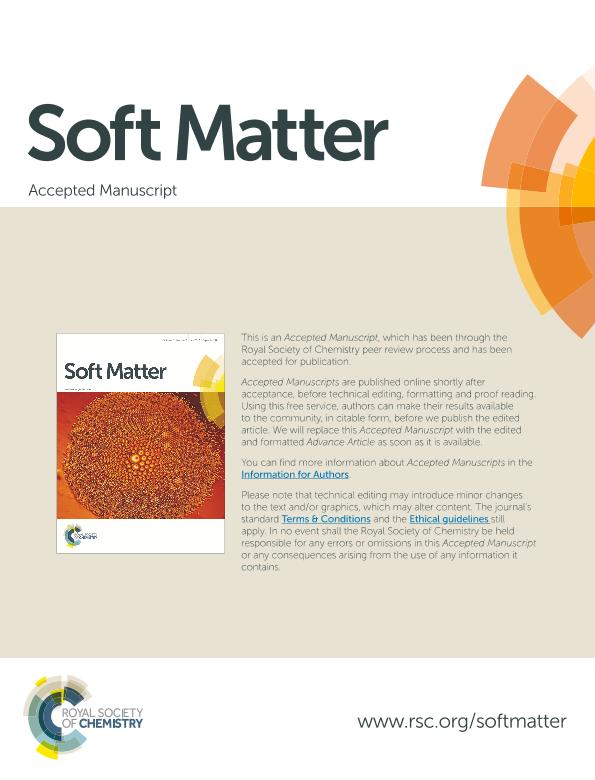Artículo
Suspension flow: Do particles act as mixers?
Fecha de publicación:
05/2015
Editorial:
Royal Society of Chemistry
Revista:
Soft Matter
ISSN:
1744-683X
Idioma:
Inglés
Tipo de recurso:
Artículo publicado
Clasificación temática:
Resumen
Recently, Roht et al. [J. Contam. Hydrol., 2013, 145, 10-16] observed that the presence of suspended non-Brownian macroscopic particles decreased the dispersivity of a passive solute, for a pressure-driven flow in a narrow parallel-plate channel at low Reynolds numbers. This result contradicts the idea that the streamline distortion caused by the random diffusive motion of the particles increases the dispersion and mixing of the solute. Therefore, to estimate the influence of this motion on the dispersivity of the solute, and investigate the origin of the reported decrease, we experimentally studied the probability density function (pdf) of the particle velocities, and spatio-temporal correlations, in the same experimental configuration. We observed that, as the mean suspension velocity exceeds a critical value, the pdf of the streamwise velocity of the particles markedly changes from a symmetric distribution to an asymmetric one strongly skewed to high velocities and with a peak of the most probable velocity close to the maximum velocity. The latter observations and the analysis of the suspension microstructure indicate that the observed decrease in the dispersivity of the solute is due to particle migration to the mid-plane of the channel, and consequent flattening of the velocity profile. Moreover, we estimated the contribution of particle diffusive motion to the solute dispersivity to be three orders of magnitude smaller than the reported decrease, and thus negligible. Solute dispersion is then much more affected by how particles modify the flow velocity profile across the channel than by their random diffusive motion.
Palabras clave:
Suspensions
,
Dispersion
Archivos asociados
Licencia
Identificadores
Colecciones
Articulos(SEDE CENTRAL)
Articulos de SEDE CENTRAL
Articulos de SEDE CENTRAL
Citación
Boschan, Alejandro; Aguirre, Maria Alejandra; Gauthier, G.; Suspension flow: Do particles act as mixers?; Royal Society of Chemistry; Soft Matter; 11; 17; 5-2015; 3367-3372
Compartir
Altmétricas




